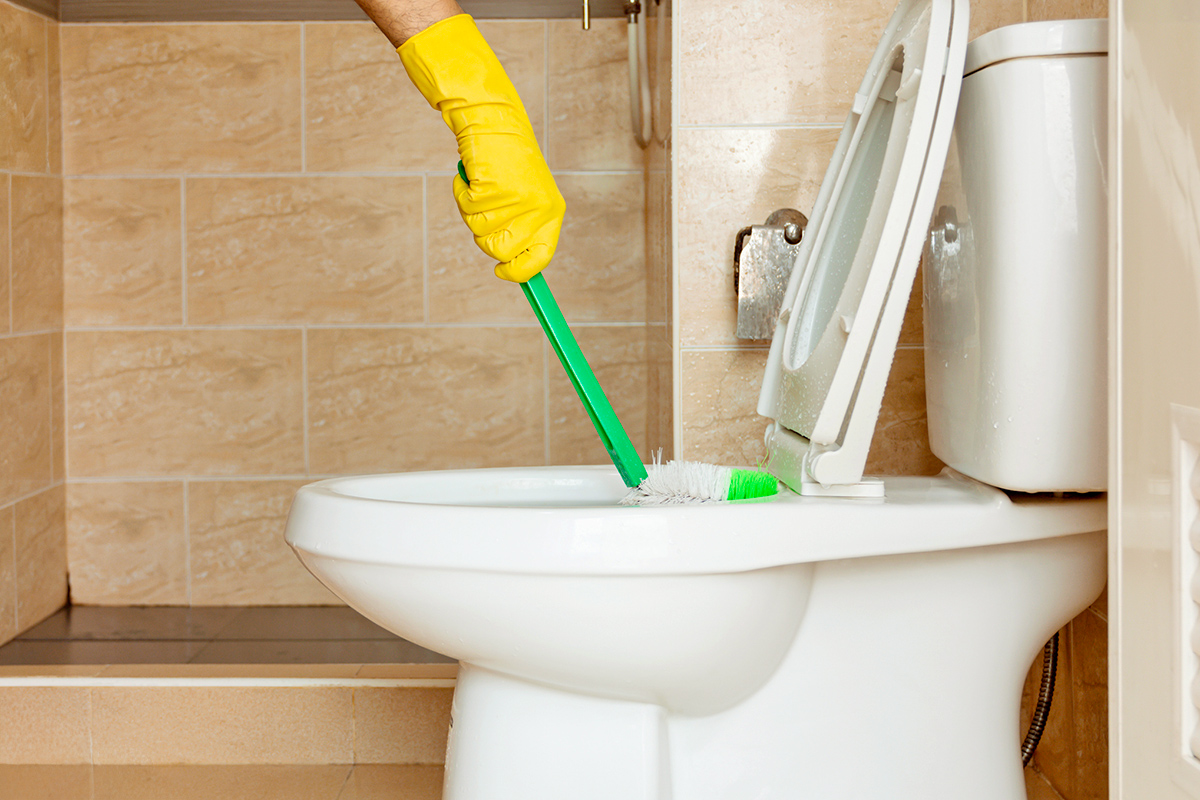Vacuum cleaners are household heroes, effortlessly picking up dust, crumbs, and who knows what else. But despite their power, they aren’t invincible, and certain messes are better handled with other tools. From liquids to sharp fragments, using a vacuum on the wrong substances can damage your machine, create a bigger mess, or even pose safety…
1. Broken Glass
While the temptation to simply vacuum up shattered fragments might feel intuitive, it’s a big no-no. Sharp shards can puncture vacuum bags, damage hoses, and scratch internal components. Not to mention, if tiny bits of glass remain in the vacuum, they can be expelled during future use — posing real risk of injury. Instead, sweep up large pieces using a broom and dustpan, then press a damp paper towel (or even a slice of bread) over fine slivers to lift them safely.
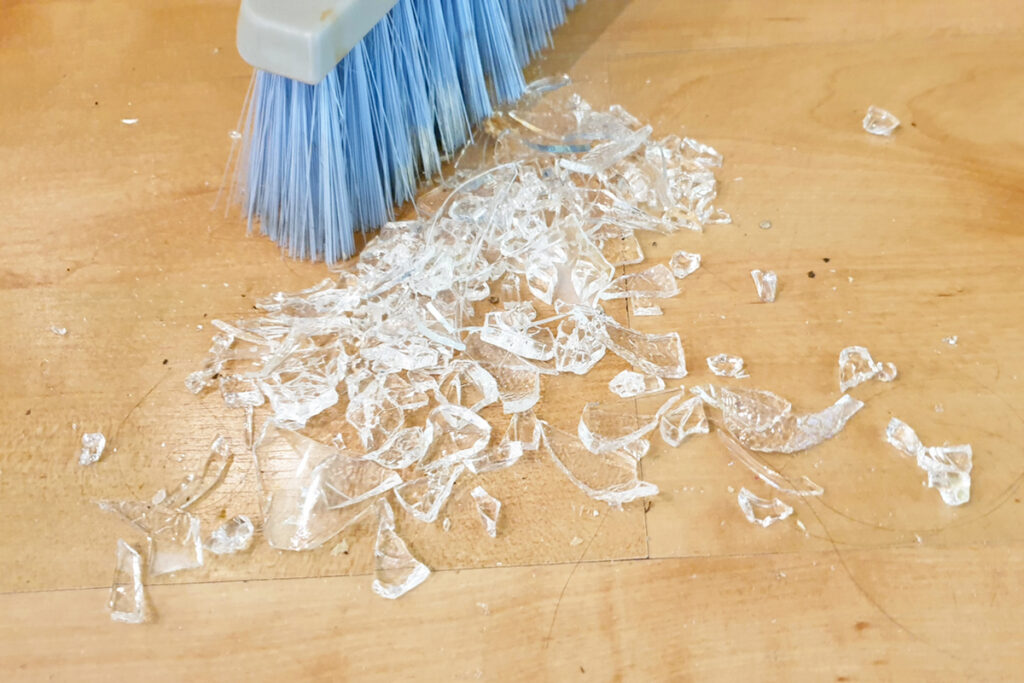
2. Fireplace Ash
Ash in your fireplace may appear harmless, but vacuuming it is a bad idea. Those fine particles can clog filters, damage motors, or, even worse, hide hot embers that can ignite inside your machine. The safest route is to allow the ashes to cool completely, then use a metal dustpan or an ash-specific vacuum, such as the BACOENG Ash Vacuum, which is designed with heat-resistant parts and fine-particle filtration.
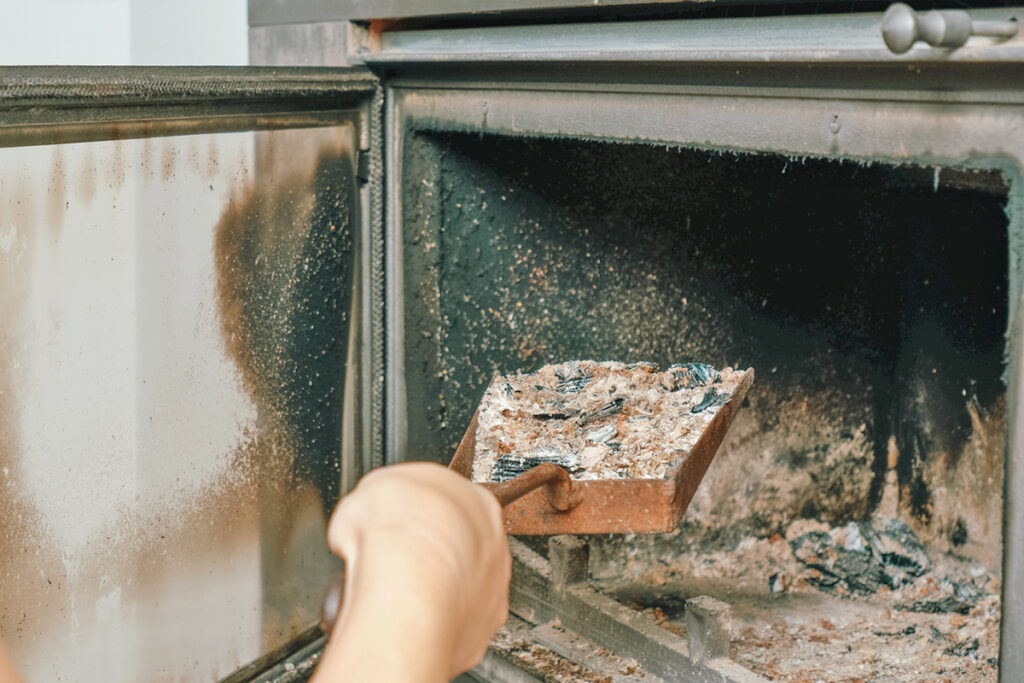
3. Baking Soda and Fine Powders
Substances such as baking soda, flour, or baby powder can quickly clog vacuum filters and damage the motor. These particles are often too fine to be captured adequately and can reduce suction, leading to overheating. The best practice is to sweep or gently gather them with a damp cloth. If you deal with ultrafine messes often, consider upgrading to a vacuum equipped with a HEPA filter; the Shark NV352 is one such option.
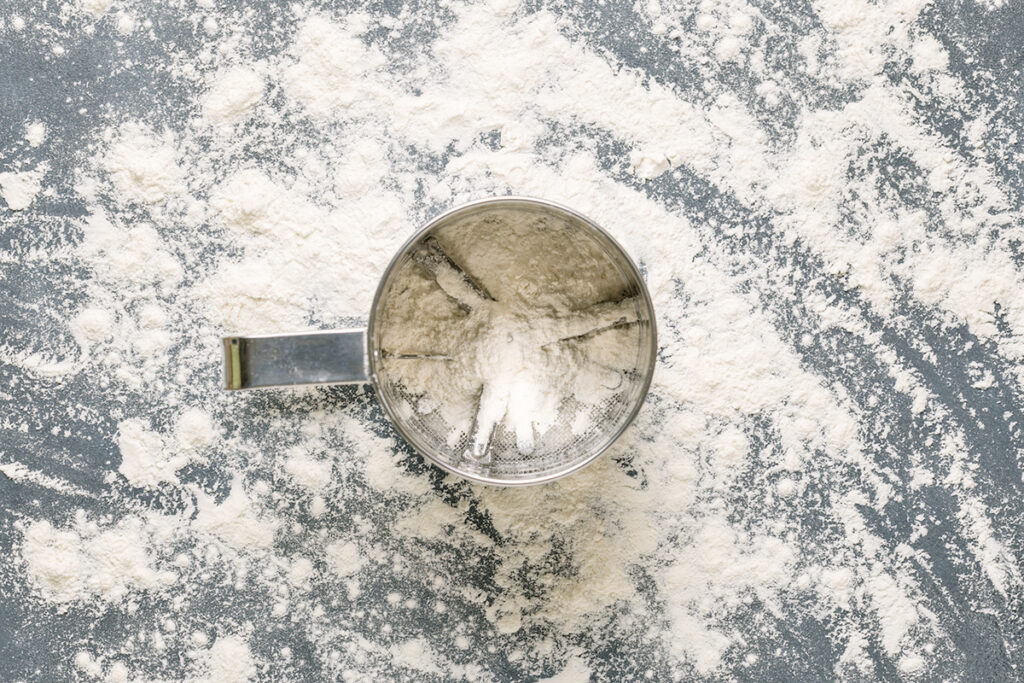
More from our network
House Outlook is part of Inbox Studio, which publishes content that uplifts, informs, and inspires.
4. Sticky or Wet Substances
Vacuuming wet spills, glue, honey, or sauces is a recipe for disaster. Not only can these substances gum up hoses and brush rollers, but damp residue left in the vacuum can lead to mold, odors, and electrical hazards. Instead, blot spills using paper towels, sponge up any residue, or simply mop the area clean. Wet/dry vacuums are a good option, but even then, proceed cautiously and follow manufacturer guidelines.
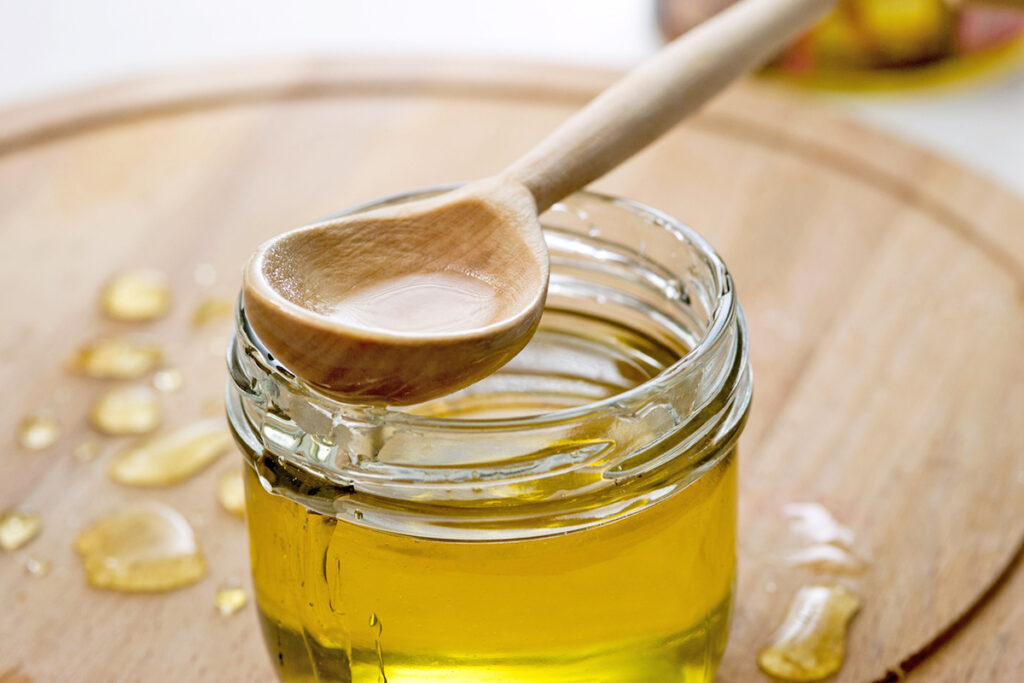
5. Rice (Dry or Cooked)
Although a lesser-known hazard, rice — whether dry or cooked — should be kept out of your vacuum. Dry grains can clog filters and hoses, while the moisture in cooked rice can cause motor strain or even ruin the entire machine. Just sweep it up or pick it up manually instead.
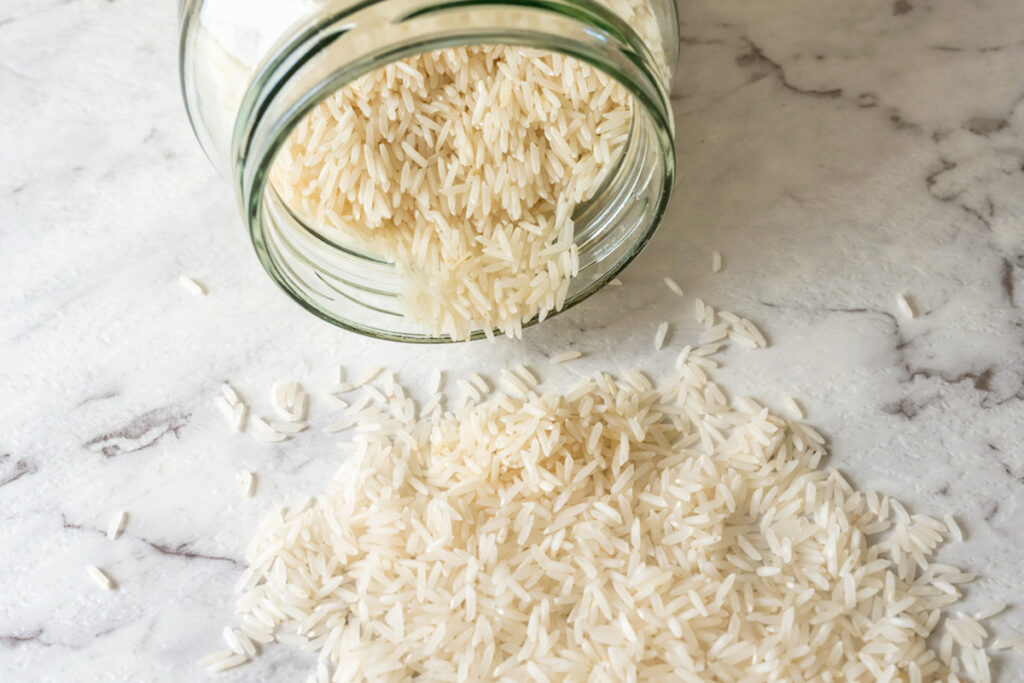
6. Makeup Powder and Cosmetics
Spills from makeup products — such as powders, blush, or eyeshadow — pose a dual threat. Fine powders will clog filters, while waxy or pigmented products can melt inside the vacuum and subsequently stain or damage internal parts. Use a dustpan for large messes, and finish the cleanup with a gentle wipe or a stain remover.
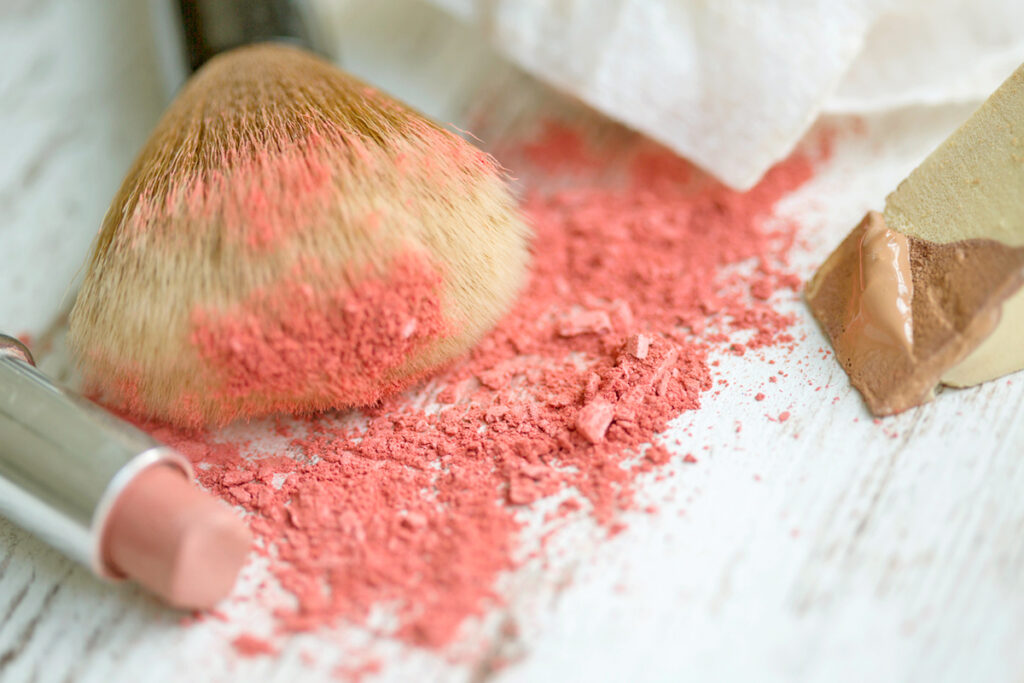


7. Coins, Metal Pieces, and Small Objects
Coins, paper clips, screws, or tiny toys can wreak havoc if sucked into a vacuum. These solid, heavy items can damage brush rollers, scratch the motor, or even cause a fire if they contact electrical components. Always do a quick scan before vacuuming to prevent these expensive accidents.
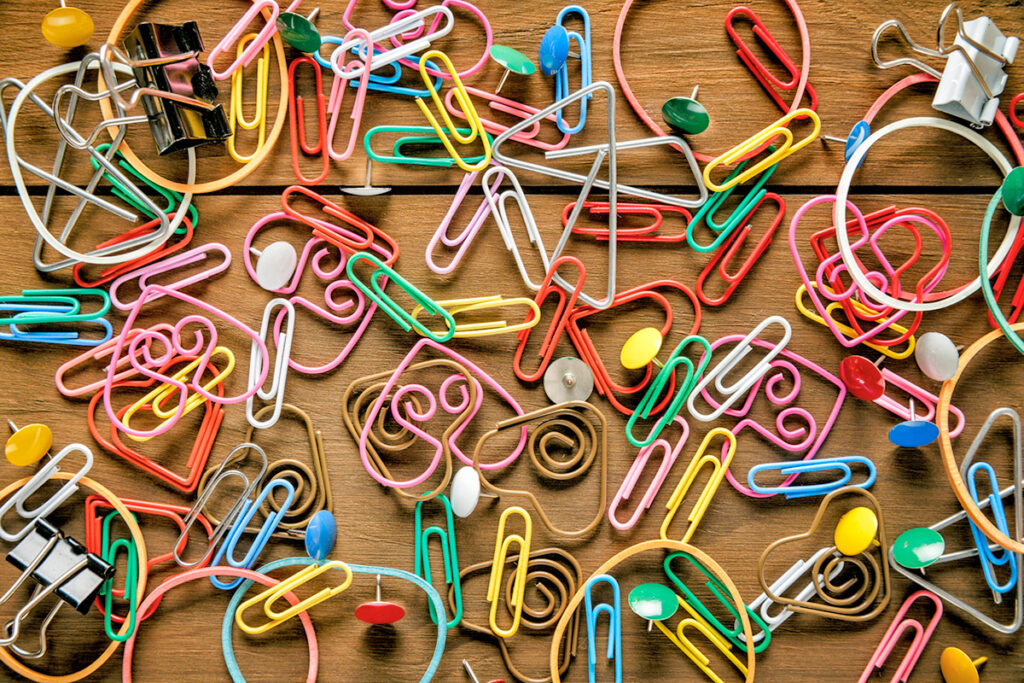
8. Soil, Plant Debris, and Construction Dust
Whether it’s potting soil, sawdust, drywall dust, or fine particles from a renovation, these types of debris are not suitable for regular vacuums. They can clog filters, burn out motors, or rerelease particles into your indoor air. For heavy renovation messes, sweep the debris into a dustpan, or consider investing in a sturdy construction or shop vacuum.
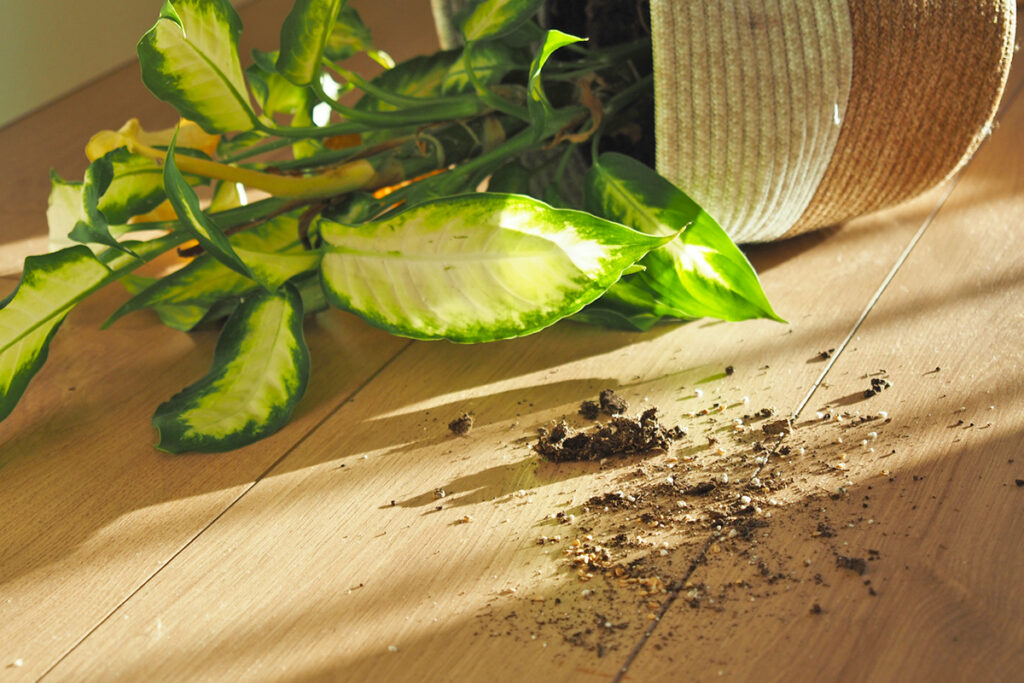
9. Hair Clumps
Vacuuming everyday amounts of hair is fine. But tackling large clumps, such as those left after a haircut or pet grooming, can result in tangled brush rollers and reduced suction. Try using a broom or manually picking up the hair first, and make sure to clean the brush roller regularly using a seam ripper.
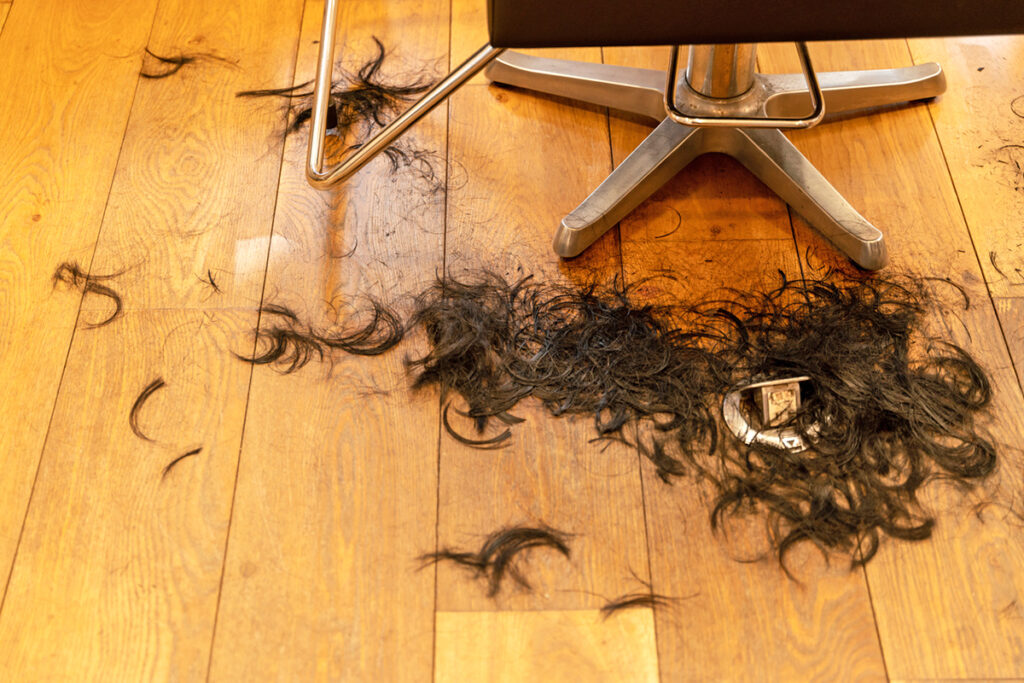
In Summary
Modern vacuums are incredibly useful, but they thrive when used for what they were built for: dry, nonsticky, nonsharp dust and debris. By steering clear of problematic messes, you’ll extend the life of your vacuum and keep your home cleaner and safer.












